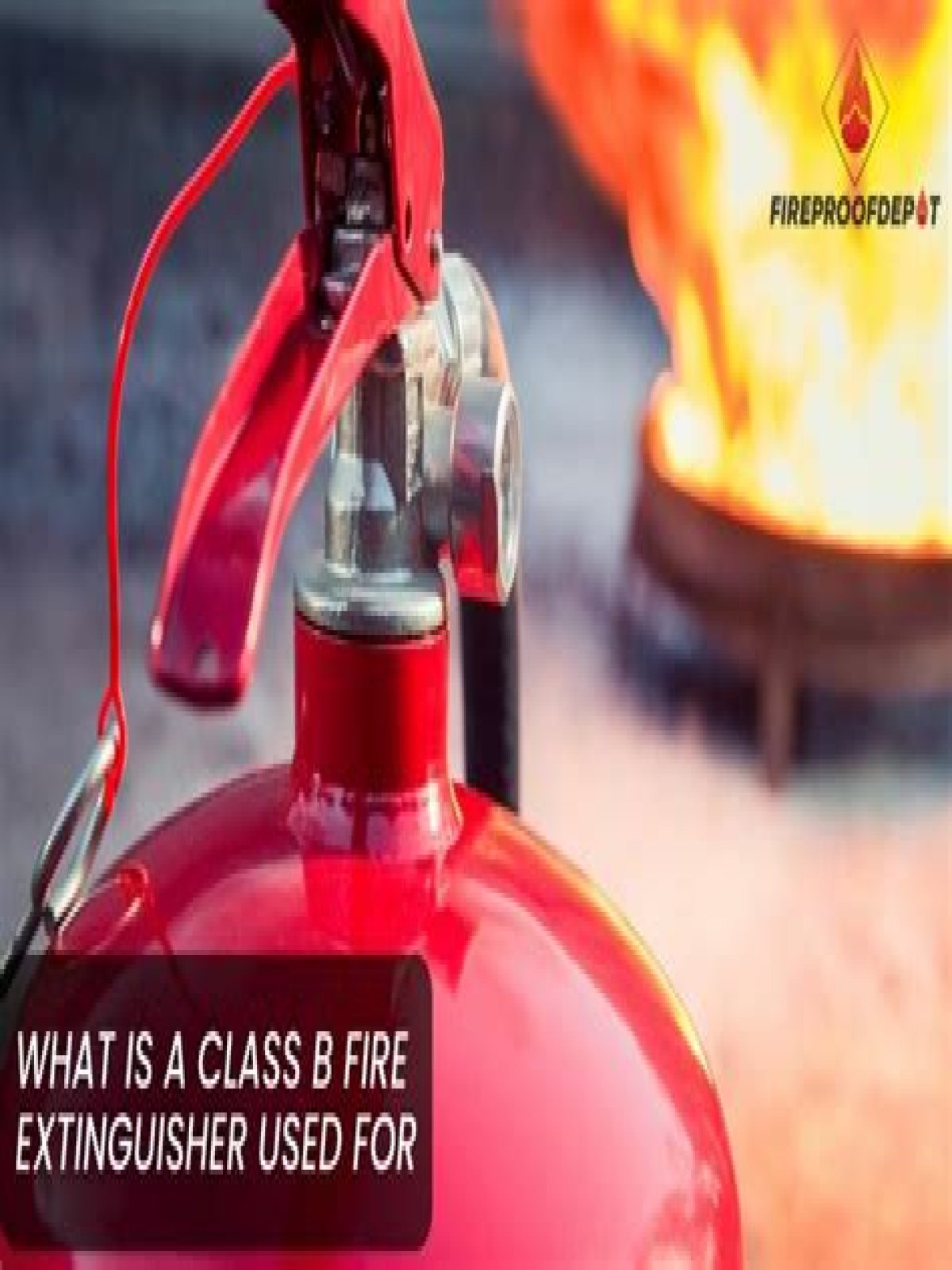In respect to this, what are the 4 types of fire extinguishers?
There are four classes of fire extinguishers – A, B, C and D – and each class can put out a different type of fire.
- Class A extinguishers will put out fires in ordinary combustibles such as wood and paper.
- Class B extinguishers are for use on flammable liquids like grease, gasoline and oil.
Beside above, why is water not a suitable fire extinguisher for a Class B fire? Water and Foam Foam agents also separate the oxygen element from the other elements. Water extinguishers are for Class A fires only - they should not be used on Class B or C fires. The discharge stream could spread the flammable liquid in a Class B fire or could create a shock hazard on a Class C fire.
Correspondingly, what is fire extinguisher made of?
Fire extinguisher powder comes in a variety of solutions. ABE powder is generally made out of a mix of monoammonium phosphate and ammonium sulfate. Wet chemical extinguishers generally contain potassium acetate with potassium citrate or potassium bicarbonate. Foam extinguishers are made up of foam, water, and air.
What is a Class D fire extinguisher?
A Class D fire extinguisher is used on combustible metals, such as magnesium, titanium, sodium, etc., which require an extinguishing medium that does not react with the burning metal.
What is pass full form?
What does pass stand for?
What type of fire extinguisher do I need?
What are foam fire extinguishers used for?
What is the pass system?
How do you buy a fire extinguisher?
- Step 1 – Decide which type of fire extinguisher you need. Most residential buildings are equipped with an extinguisher rated for use with Class A fires, that is, flames that burn common combustibles such as paper and wood.
- Step 2 – Consider other features of fire extinguishers.
- Step 3 – Buy a fire extinguisher online.
